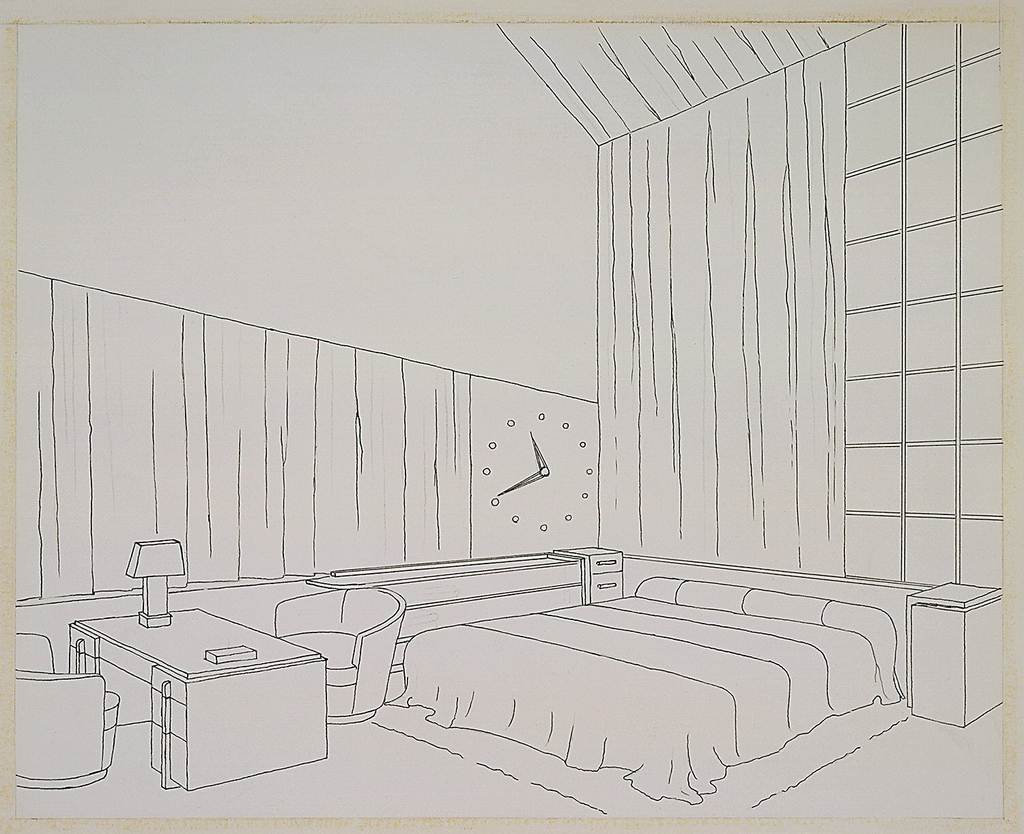For many of us residing in New York City, we quickly become accustomed to living in small apartments. Yet, through design, decoration, and furnishings we do our best to make our sometimes-cramped quarters as practical, comfortable, and aesthetically pleasing as possible. In the 1930s, American-born designer Donald Deskey, inspired and influenced by European design of the period, created apartment interiors that were functional, sophisticated, and modern.
According to Deskey, architecture and design in the 1930s had to “meet the needs of a new day and a new mode of life.”[i] Apartment living increased the need for compact, multipurpose, and easily maintained furnishings; rooms were often combined; spaces less cluttered; and the new status of women meant that decorating was less feminine and more impersonal than it had typically been.
Deskey designed the interiors, furniture, and fittings for the Rands’ apartment that would later be described as an “ultra modern luxury studio.”[ii] Socialites George Curtis Rand and Eleanor Post Hutton (daughter of Marjorie Merriweather Post, at one time the wealthiest woman in America) were married in May 1934 and their apartment was a converted two-story stable at 46 Washington Mews, a cobblestoned, gated street in Manhattan. While Deskey designed for his client’s lifestyle and the era in which they lived, many of his concepts remain relevant to apartment living today. He divided rooms with glass brick walls, which functionally separated spaces and provided aesthetic illumination. He used sliding furniture compartments for additional storage space, and incorporated everyday objects, such as the large numberless clock affixed to the bedroom wall, for decorative effect.
Although Deskey catered to high-end clients, he sought to create a modern American style that would be available to all, for design was a way to improve the quality of contemporary life. Today, shrinking apartment sizes, changes in social values, and shifts in demographics continue to challenge designers. Fortunately for us city-dwellers, many of them follow in Deskey’s footsteps, using innovative solutions to make small living spaces comfortable, functional, and elegant, and good design accessible and affordable.
Rebecca Gross is a graduate student in the History of Decorative Arts and Design at Parsons The New School for Design. She is a freelance researcher and writer with an interest in twentieth-century American design and culture.
